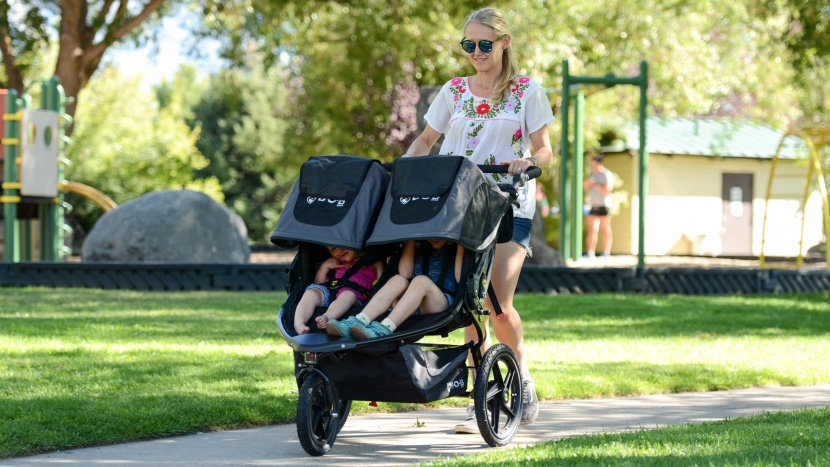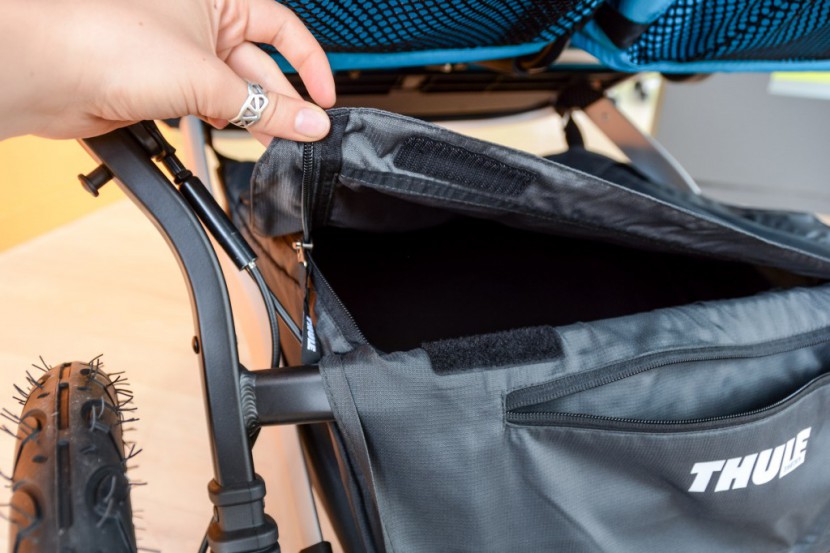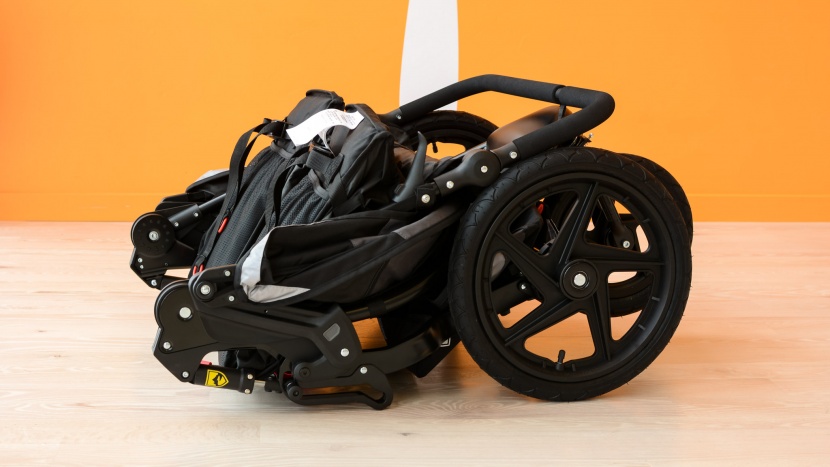Our protocol for testing double strollers is very intensive and involves more than 50 individual tests to inform our ratings. We put the double strollers to the test in various locations to see how they compared to each other and how they managed daily use. The hands-on tests provided ample information for ranking products against one another in how well they performed, what features they had to offer, and how well these features worked. To create a complete picture of each product, we also did various in-house tests in a more controlled environment for detailed, side-by-side, repeatable results.
To assess specific performance factors for each stroller, we created quantifiable tests. These tests included everything from a table tilt test to indoor and outdoor courses over various terrains. The compiled information gave us what we needed to offer a fair comparison of products using a detailed analysis of their actual performance and the specifications provided by the manufacturer.
Testing Ease of Use
We compared the features and convenience items that came standard with each product or were part of the purchased products that helped make the stroller a product for two. Some features considered were cup holders, accessory trays, storage bins, adjustable leg rests, and reclining seatbacks.
Some products offered more than others for this metric. Products were rated side-by-side so users could see how the function of the options compare as opposed to simply whether or not they have them. Detailed information on how the features perform helps differentiate between the products and widens the score gap, which helps delineate clear standouts in each category.
We also folded and unfolded all strollers and recorded how many steps, how difficult it was, if you had to bend to the ground, and whether or not it has a self-standing option with automatic or manual fold lock.
Some of our detailed tests in the ease of use metric include:
- brakes
- harnesses
- sunshade
- storage features
Testing Maneuverability
All products went through a series of courses and real-life pushing tests to determine how well they maneuver in different scenarios. We create specific detours, obstacles, and narrow spaces to assess the agility and overall function of the product while weighted to simulate actual passengers. We use different surfaces and environments to get a complete picture of performance and abilities. We rated the products on how well they performed over each kind of surface and whether they could manage stairs and curbs. The products that offered the best performance and were easy to use earned higher marks than other products. Those that provided versatility over various terrain, like the BOB Revolution Flex 3.0 Duallie, also scored higher. The products that encountered trouble with narrow spaces or struggled to turn scored lower.
Testing Quality
We evaluate quality by our overall product experience and how well they performed during testing and real-world use. We compared fabric weave, density, stain, or water repellent properties, snags, stitching, and was it fitted to the frame well. We reviewed the frame materials, connection points, possible flex, and handlebar function. We researched what the wheels were made of, considered if they wore well throughout testing, and did they offer a smooth or vibrating ride. Quality scores were determined by how well the products withstood the testing procedures and how they compared after testing was complete. High-end strollers with quality materials like the Thule Urban Glide 2 Double earned higher scores.
Testing Weight and Folded Size
We took our own weight and folded size measurements to ensure that all products were measured using the same techniques and equipment for a true one-for-one comparison. Products were weighed, fully assembled, and measured with the same device and person. We compare their final weights and measurements to determine overall scores.




